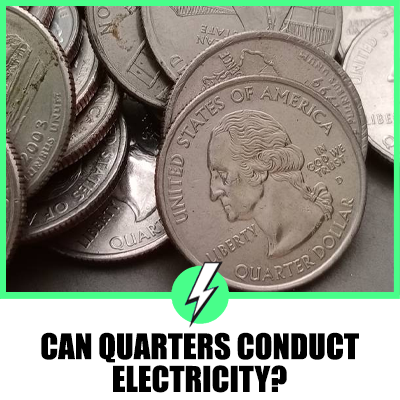Does Fullerene Conduct Electricity? A Comprehensive Analysis
Fullerene, a unique form of carbon, has been a subject of interest for scientists and researchers worldwide.
One of the intriguing questions about fullerene, particularly buckminsterfullerene (C60), is its ability to conduct electricity.
This article aims to shed light on this topic, drawing on various scientific sources and online discussions.

Contents
Understanding Fullerenes
Before we delve into the specifics of electrical conduction, it’s crucial to understand what fullerenes are.
Fullerenes are molecules composed entirely of carbon, formed in a series of concentric spheres, ellipsoids, or cylinders.
Among these, the spherical fullerenes, also known as buckminsterfullerenes or “buckyballs,” are the most commonly known.
They were named after Richard Buckminster Fuller, an architect known for the design of geodesic domes that resemble the structure of C60.
Can Fullerene Conduct Electricity?
Fullerene, in its pure form, does not conduct electricity as efficiently as some other forms of carbon, such as graphite.
This is due to the structure of the fullerene molecule itself.
Each carbon atom in fullerene is bonded to three other carbon atoms, forming a hexagonal plane structure. This structure can be bent to form different fullerenes.
While each carbon atom has four bonding electrons, one electron remains unbonded in each carbon atom.
These electrons form a sea of delocalized electrons similar to that found in a metal.
These can move throughout the fullerene, allowing conduction of electricity.
However, the conduction is not as efficient as in metals or graphite due to the spherical structure of the fullerene molecule.
Can Buckminsterfullerene Conduct Electricity?
Buckminsterfullerene, also known as C60, is a specific type of fullerene that has a similar structure to graphite.
Like other fullerenes, C60 has delocalized electrons that can move throughout the molecule.
However, these electrons cannot jump between individual C60 molecules, which are loosely held together by van der Waals forces.
This means that a macroscopic block of C60 fullerenes is not conductive on a large scale.
Does Buckminsterfullerene Conduct Electricity?
Despite the presence of delocalized electrons, buckminsterfullerene does not conduct electricity well.
This is due to the spherical shape of the C60 molecule.
In a graphene sheet, which is a single layer of carbon atoms, the electrons can move freely along the sheet, making it a good conductor of electricity.
However, in buckminsterfullerene, any direction outside of the sphere would be equivalent to the “top to bottom” direction in graphene, which does not conduct electricity well.
Insights from Online Discussions
Online discussions on platforms like StackExchange, Byjus, Quora, Reddit, and Echemi provide valuable insights into the electrical properties of fullerene.
Many users highlight the importance of the structure of the fullerene molecule in determining its electrical conductivity.
For instance, a user on Reddit explains that while each carbon atom in a graphene sheet has three single bonds, leaving a free electron to move between atoms and along the sheet, C60, on the other hand, has no free electrons.
Each carbon atom is part of some pentagon, and the bonds along the edges of the pentagon are single bonds, similar to graphene.
However, the bond BETWEEN two pentagons is a double bond, locking up the other two free electrons.
This results in a slightly different bond length, and no electrons to move between the atoms, leading to no conductivity.
Fullerene vs. Other Forms of Carbon
When compared to other forms of carbon, fullerene’s electrical conductivity is quite different.
For instance, graphite, another form of carbon, is a good conductor of electricity.
This is because it has a layered structure where each carbon atom is bonded to three others, forming layers of hexagonal lattice structures.
The fourth electron of each carbon atom is free to move, which allows graphite to conduct electricity.
On the other hand, diamond, yet another form of carbon, is an insulator.
Despite being made entirely of carbon atoms, like graphite and fullerene, diamond has a different atomic structure.
Each carbon atom in a diamond is covalently bonded to four other carbon atoms, leaving no free electrons to conduct electricity.
Potential Applications of Fullerenes
Despite their limited natural conductivity, fullerenes have potential in various applications due to their unique properties.
For instance, scientists are exploring ways to enhance the electrical properties of fullerenes.
By doping fullerenes with other elements, they can be made to conduct electricity.
This could pave the way for the use of fullerenes in the production of nanowires, superconductors, and other nanotechnology applications.
Conclusion
In conclusion, while fullerenes and buckminsterfullerene have structures that allow the presence of delocalized electrons, their unique shapes and bonding structures limit their ability to conduct electricity.
However, research is ongoing, and scientists are exploring ways to enhance the electrical properties of these fascinating carbon structures.
As we continue to unravel the mysteries of these unique forms of carbon, who knows what exciting discoveries lie ahead?





